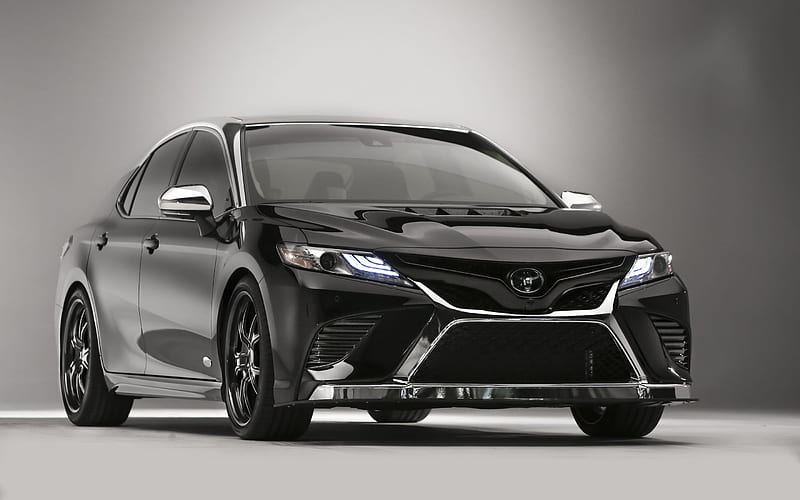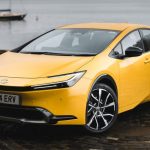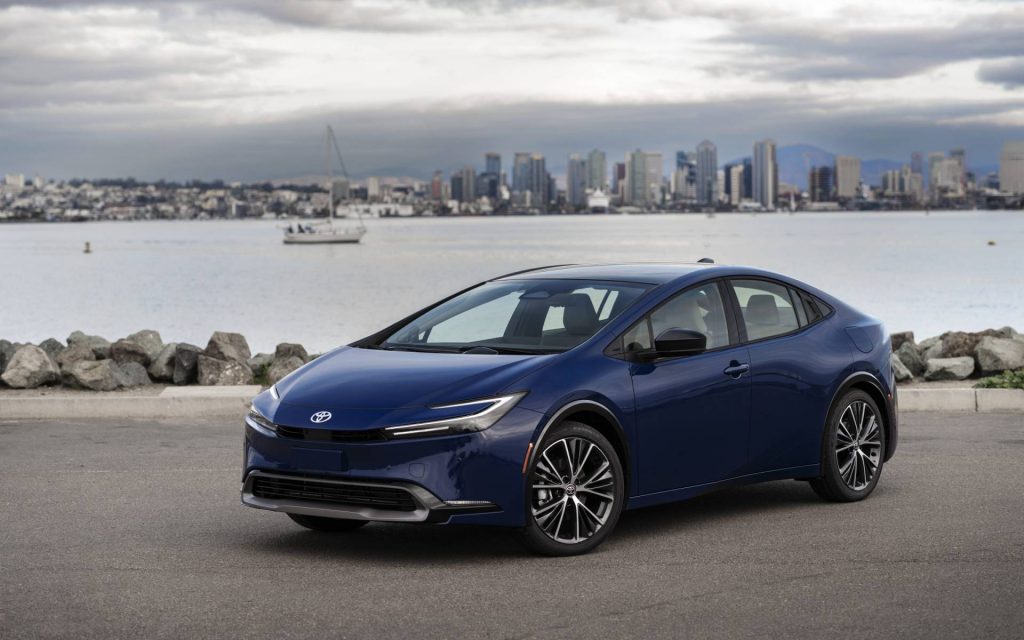

The Toyota Camry is a midsize sedan that combines reliability, comfort, and advanced technology, making it one of the most popular choices in its class. It offers two engine options: a 2.5-liter 4-cylinder engine that produces 203 horsepower and a more powerful 3.5-liter V6 engine with 301 horsepower. For those seeking better fuel efficiency, the Camry Hybrid features a 2.5-liter engine paired with an electric motor, delivering a combined 208 horsepower and exceptional fuel economy, offering up to 51 miles per gallon in the city and 53 on the highway.
The Camry provides a smooth driving experience with an 8-speed automatic transmission for the gasoline models and a continuously variable transmission (CVT) for the hybrid. It has front-wheel drive as standard, with all-wheel drive available on select gas engine models. Inside, the Camry offers seating for five passengers, with high-quality materials and options like leather upholstery, a 9-inch touchscreen infotainment system, and compatibility with Apple CarPlay, Android Auto, and Amazon Alexa. Higher trims come with a premium JBL audio system and a sunroof.
Safety is a top priority, with the Toyota Safety Sense 2.5+ suite, which includes features such as Pre-Collision System, Lane Departure Alert, Adaptive Cruise Control, and Lane Tracing Assist. Exterior features include LED headlights, alloy wheels, and a sleek, aerodynamic design, making the Camry both practical and stylish.
The 2024 Toyota Camry was launched in late 2023 and is available in various trims, with prices starting around 26,000 dollars for the base model and reaching up to 38,000 dollars for the V6 versions. With its blend of performance, comfort, and advanced safety features, the Camry remains a top contender in the midsize sedan market. The 2025 model is expected to be released in mid-2024.



